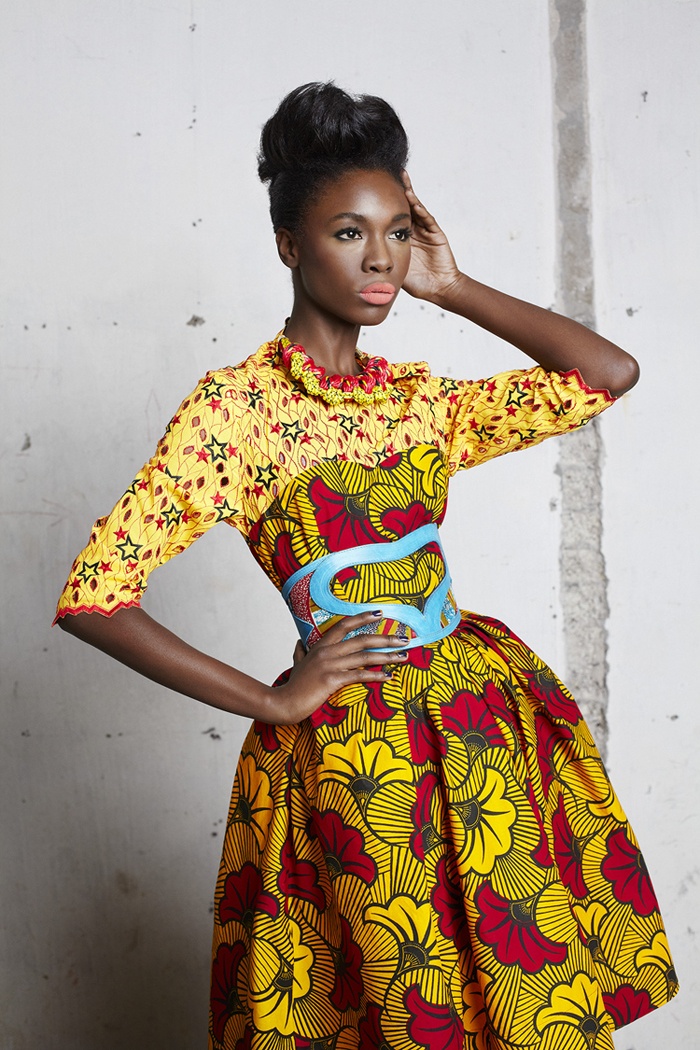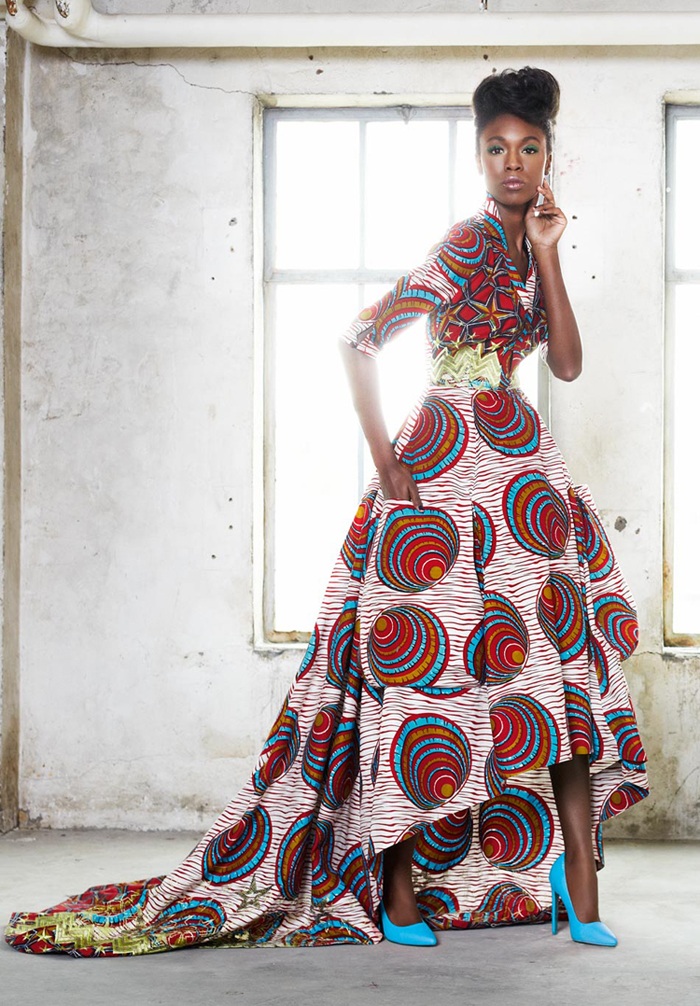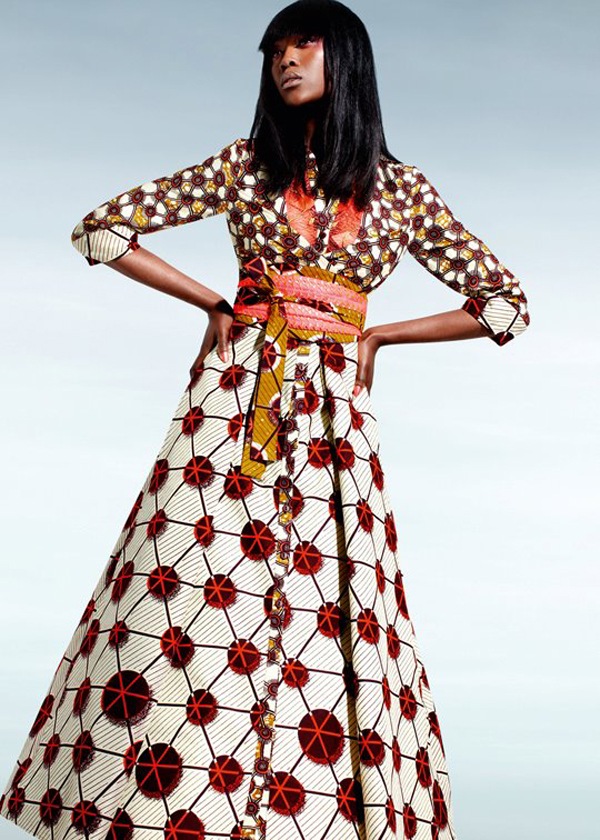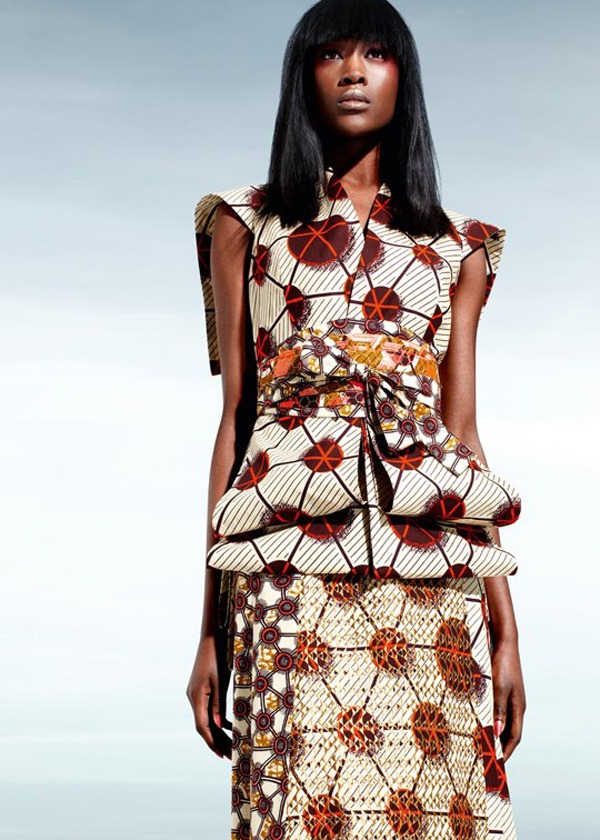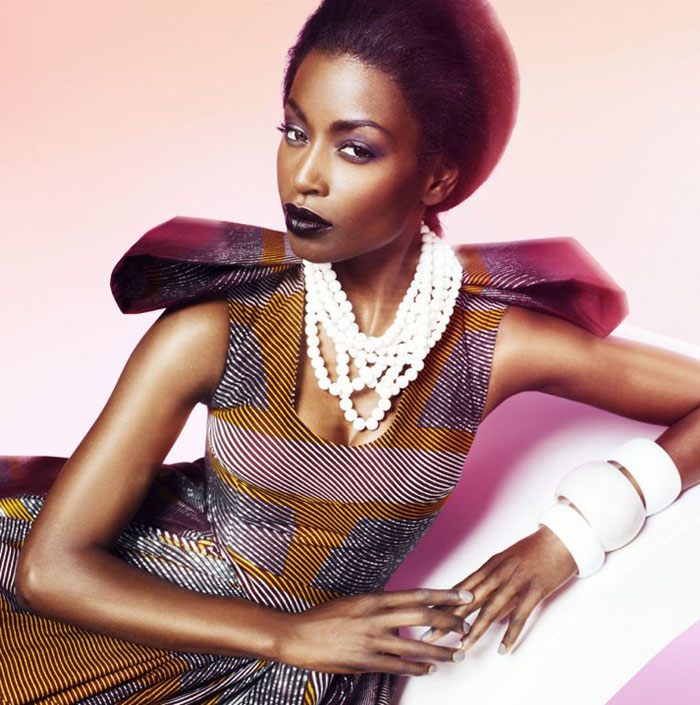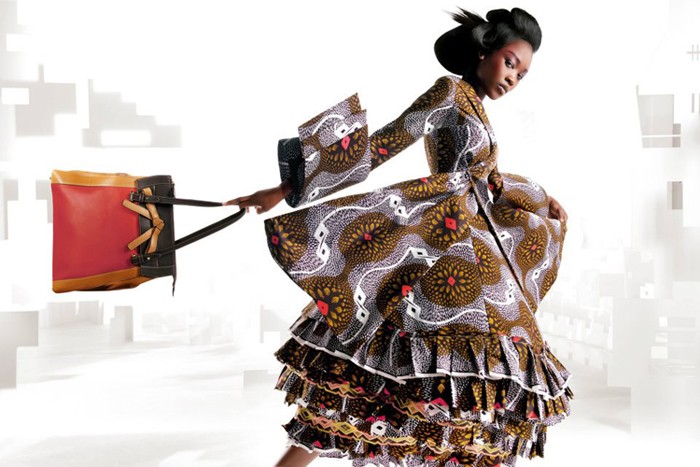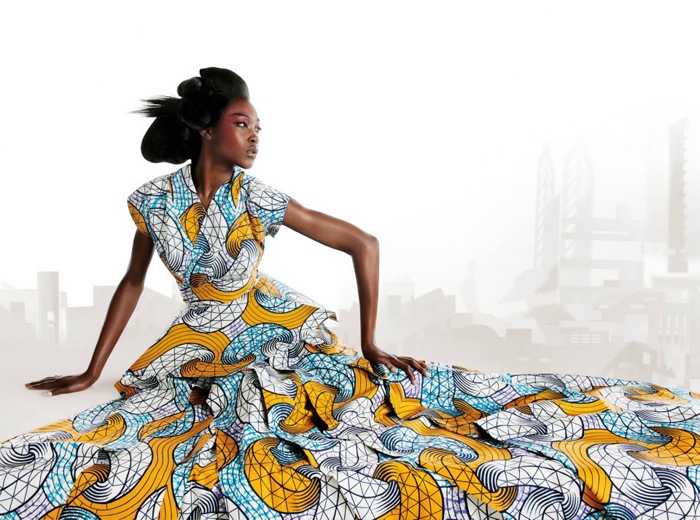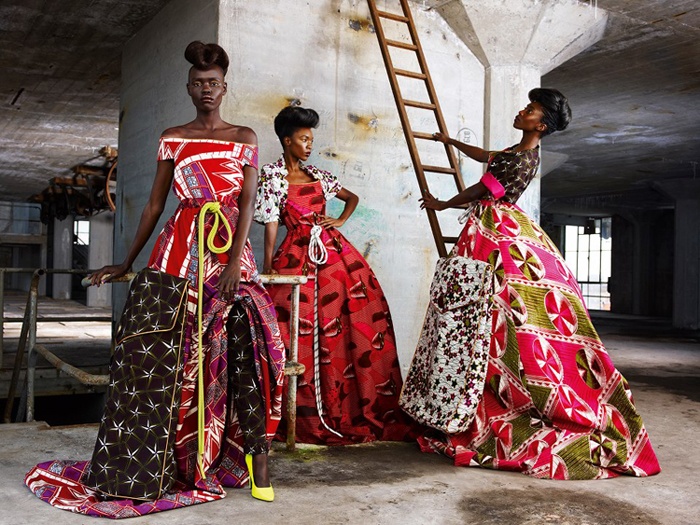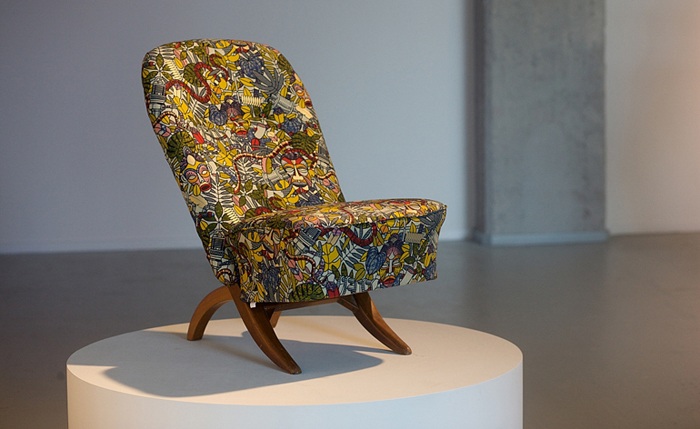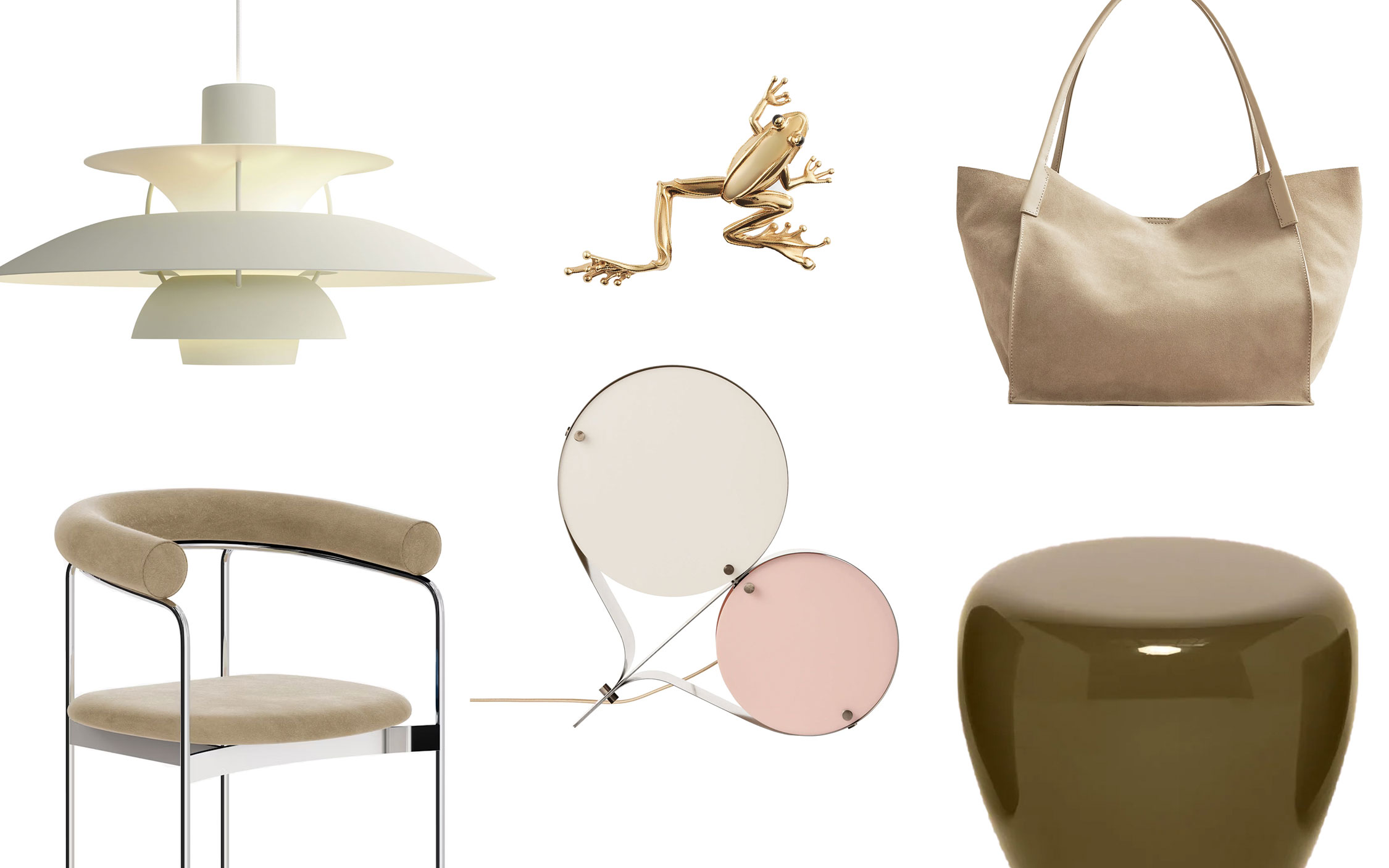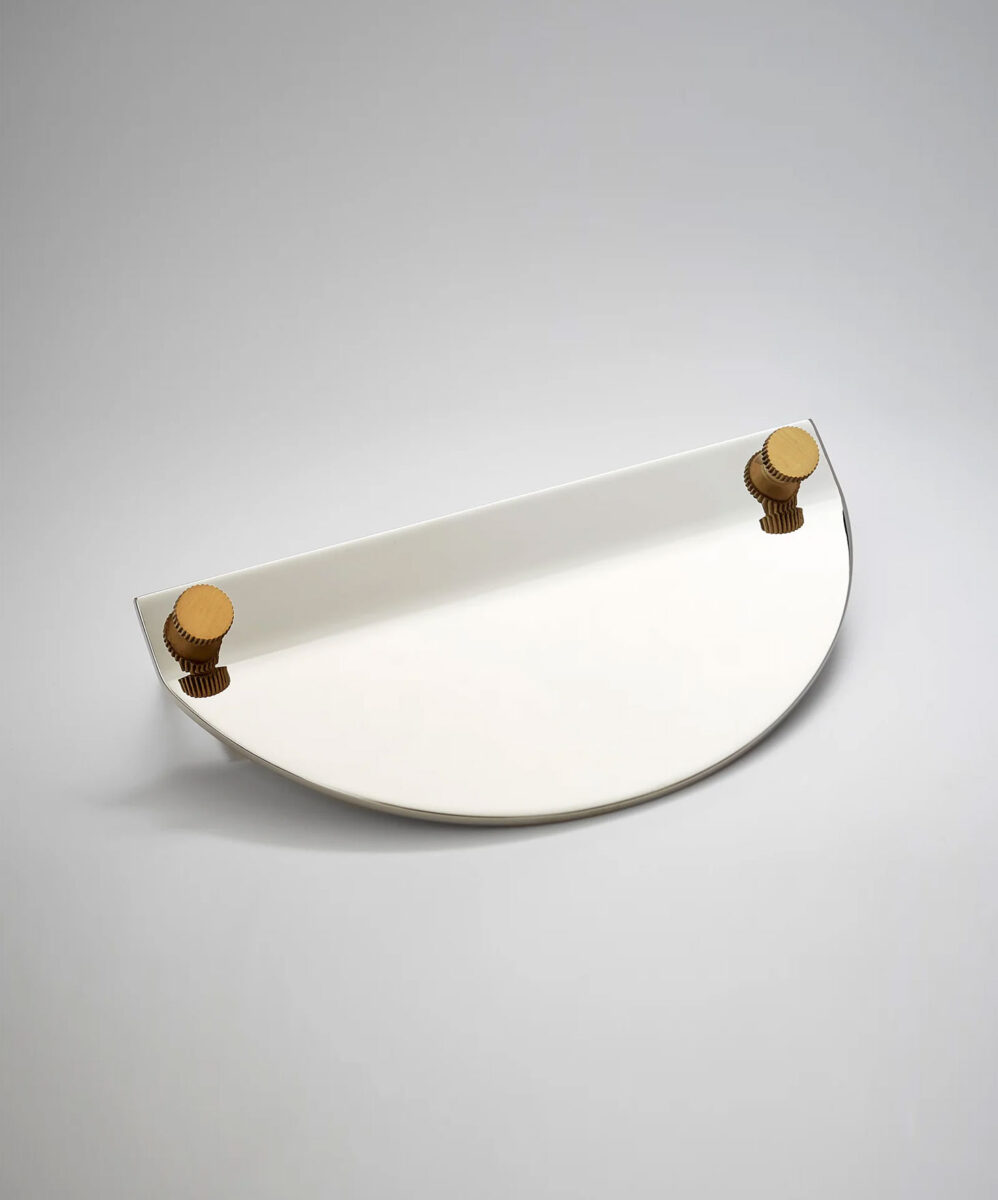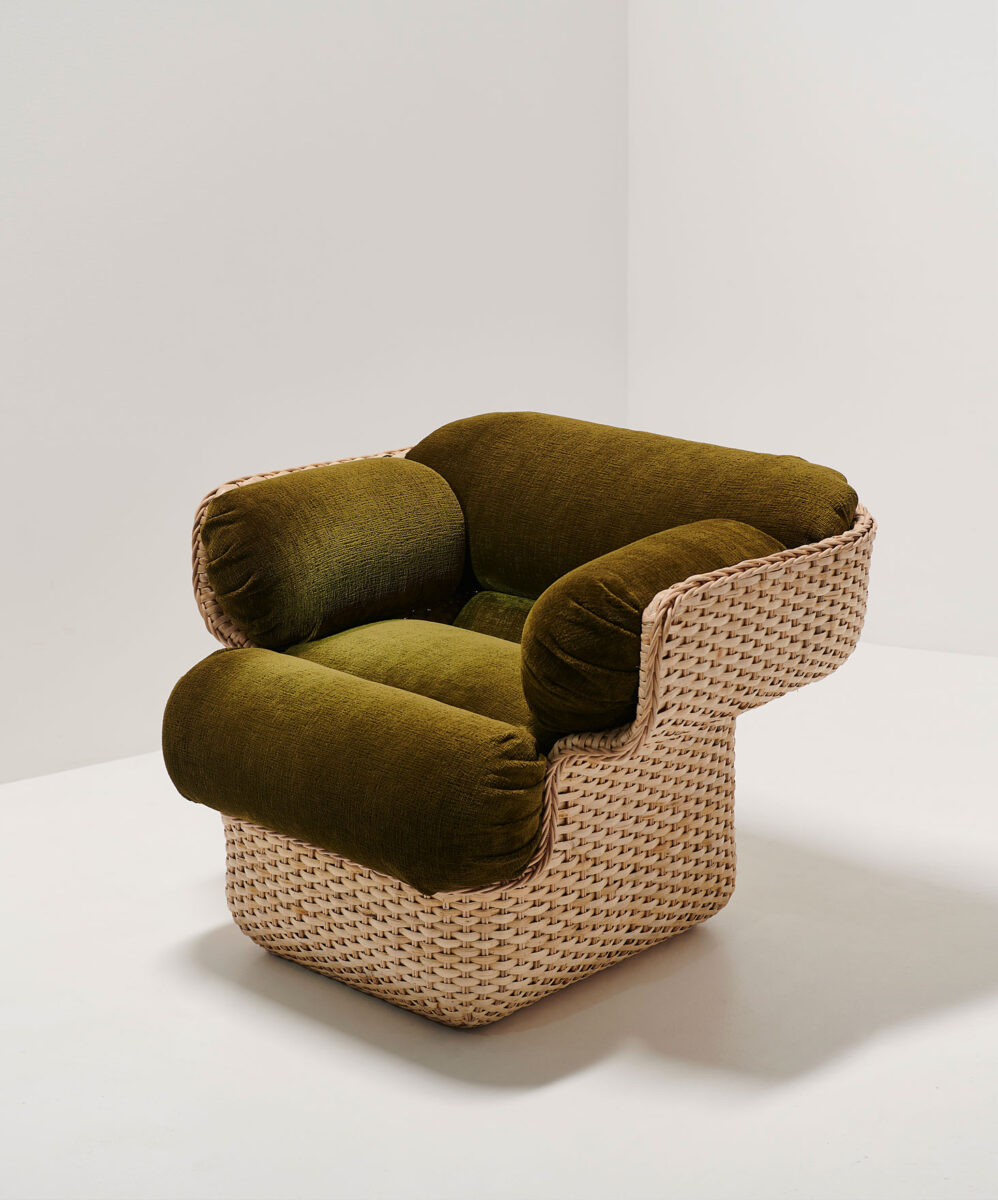Appearances can be deceiving, and such is the case with the 167 year old Dutch textile brand Vlisco. Standing as one of the most established producers of what the world recognizes as “African print” fabrics, the company’s unique brand was actually born of the Dutch entrepreneur Pieter Fentener van Vlissingen’s endeavor to mechanize the production of Indonesian batik cloth. While the resultant fabrics were originally marketed to Vlissingen’s native population in Holland, it was on West Africa bound trading ships that his wares found their true market. Today, 167 years later, the Dutch company’s coveted fabrics have become deeply woven into the cultures of the West and Central African populations to which it sells over 90% of its inventory.
Driven by the culture of the African continent, where it is more economical and customary to purchase fabric and then have it tailored, Vlisco is a fabric company and not a ready to wear brand. However, the company does create small collections of clothing (shown here) intended to serve as inspiration for the African women who purchase their cloth.
Today, Vlisco is the only brand still creating authentic Dutch wax fabrics, which are made through a special wax process that ensures every inch of the cloth is one of a kind. And while the rapidly growing brand has proven wildly successful amoung West and Central African’s (both on the continent and abroad), its coveted fabrics have remained relatively obscure among the company’s native Caucasian/European markets. This, however, is a fact that seems to be changing, as the brand which returned over €300 million last year is beginning to promote to and attract a more diverse audience.
Most recently, Vlisco made its inaugural debut at this year’s Dutch Design Week, where they staged a large scale exhibition of the company’s past and present work. They also presented the fruits of their collaboration with the designers at Studio Job, which bore a limited edition fabric presented as upholstery on a 1952 Congo Chair (see below).
When all is said and done, I think it is clear that those African women have it right. Now how am I supposed to put on my bland jeans and sad grey sweater, when I could be wearing something like this? A truly amazing mix of vibrant color, bold pastern, craft and cultural history that any designer would be wise to take note of.
Photos: 1-4 & 6-8 via Vlisco Facebook, 5 via African Vibes, 9. Wallpaper


